In a world less and less interested in spirituality and tradition, in a historical moment where faith is too often associated with extremism, history forgotten and nature violated, the reopening of Sicily’s Magna Via Francigena comes as a breath of fresh air.
Many of you probably know the Via Francigena, Europe’s largest and most ancient pilgrims’ route, connecting the lands of Britain to Rome and the Holy Land: walked by hundreds of thousands of faithfuls throughout the centuries the route, albeit not as known and – unfortunately – well kept as Spain’s own Camino de Santiago de Compostela, runs through some of our country’s most beautiful lands, touching upon historical landmarks and hubs of spirituality.
Pilgrim routes like the Via Francigena of Italy and the Camino were, and should still be, considered more than a cool trekking opportunity: they were born as a line of connection to and from holy spots, their path seen as a moment of prayer and reflection above anything else. We may no longer be used to the idea of pilgrimages, but they have been part of our culture and tradition for centuries: one of its most famous examples? Chaucer’s own Canterbury Tales, seminal literary work in the history of the English language. The various tales, little gems of hilarity and crass humor, but also of moral and philosophical teachings, were narrated by a group of people taking a pilgrimage to Canterbury, to visit the shrine dedicated to Saint Thomas Becket.
The Canterbury Tales, the Camino de Compostela, the Via Francigena. But let us go back to Sicily and to the important rediscovery of an almost millenary itinerary, known by Christians and Muslims, Romans and Byzantines, Moors and Normans: the Magna Via Francigena. As its continental sister, the route gets its name by the fact it was officialised as an itinerary by the Normans (who were, alas, French). First attested in a Greek language document dating 1096, this 160 km-long route historically connected the Arab Balarm to the rock of Agrigentum, Palermo to Agrigento. The importance of its reopening, which will officially took place on the 18th of June 2017, is of enormous spiritual, cultural and historical importance.
Let us discover why.
Palermo-Agrigento and return: a brief history of the Magna Via Francigena
Connecting Palermo to Agrigento has always meant connecting the Mediterranean to the Tyrrhenyan sea, creating a not-so-imaginary tie between the world, scents and flavors or northern Africa and the Middle East with those of continental Europe. By ideally – and physically – joining the two largest coasts of Sicily, the path we know as Magna Via Francigena eased communication and commercial trade among the island’s main ports and centres, such as Palermo, Mazara del Vallo, Agrigento and Messina.
The Greeks, who made of Sicily their most prized colony, fought the Fenicians along this path, and the Romans themselves used it without interruption as one of their most important military routes well into the 4th century AD. When the people of Byzantium, breathtakingly refined with their love for glistening golds and colorful mosaics, took over the island, it was on the many hills and steep, rocky cliffs dotting the route they set their own villages, in order to keep a constant eye on the seas and the lands all around. Its strategic relevance was exploited also by the Moors who, for just over two centuries, made of Sicily their own home, leaving behind architectural, cultural and culinary vestiges the island still enjoys today.
On its path, the Magna Via Francigena meets historical areas, landscapes of rare beauty and the traditional via della transumanza leading to the Madonie, for centuries used by local shepherds in their yearly move towards new pastures. The Magna Via Francigena encapsulates the history itself of a region, Sicily, which is the symbol of Italy’s historical multiculturalism, a region that brings within, still today, a profound sense of respect for Italy’s own cultural roots and for Christianity, which is – as much as this may be disliked by some – weaved into the very fabric of Italian culture, history and art. It is within this incredibly rich mélange of history, tradition and spirituality that the rediscovery of the Magna Via Francigena took place: a path bringing trekkers and pilgrims along a journey made of beauty, history, nature and, for those so inclined, spiritual awakening.
The route today connects three provinces, Palermo, Caltanissetta and Agrigento, touching upon a series of small villages and characteristic Sicilian areas.
The Project
The rediscover of the Magna Via Francigena, with the aim of bringing it back to the attention of tourists and faithful alike is the brainchild of the Municipality of Castronovo di Sicilia, supported in its effort by the Archdioceses of Agrigento and the Amici dei Cammini Francigeni di Sicilia association. The initiative has also received the approval of the Italian Ministry for the Arts and Tourism and the Sicilian departments for Tourism, Sports and the Arts. Crucial to the project is not only the development and rediscovery of an itinerary that means so much to the region, but also the restoration of the ancient and culturally significant practice of pilgrimages. To say it with the official promoters of the initiative, its ultimate aim is the re-evaluation of the pilgrimage culture, through the restoration of the ancient Norman paths and routes, commonly known as “francigeni.” Cardinal Francesco Montenegro, Archbishop of Agrigento, declared to Il Giornale di Sicilia that the Magna Via Francigena is a route to be “walked slowly, at peace. Only by doing so its true beauty can be appreciated fully.”
The 160 km of the Magna Via Francigena are divided in eight sections of about 20-25 km each, all along sheep tracks and little used provincial roads: here the trekker – or pilgrim – gets in contact with umblemished landscapes and villages, touching upon a true slice of rural Sicilian tradition. Almost each section can be divided in two, making the experience easier for those not used to walk long distances. The official (re)inauguration of the Magna Via Francigena will take place on the 18th of June and registrations are opened already on the official Magna Via Francigena website, with limited places still available.
The “Credenziale” and the Testimonium
Let us not forget that the Magna Via Francigena, just as the Camino de Santiago de Compostela and the continental Via Francigena was born as – and is still today for many – a spiritual experience, in Italy certainly tied to Catholicism, but beautifully apt to be experienced by people of all creeds, religions and faiths. The “pilgrimage” side of the Magna Via Francigena is not only experienced within one’s soul, during the long hours of relatively solitary walk immersed in nature, but also by the very way the whole experience is organised.
First of all, participants can request free of charge their “Credenziale,” a sort of pilgrim passport already in use in the Middle Ages: once issued by the diocese, it was used to collect stamps proving the individual had participated to determined sections of a pilgrimage. It was at once a means for hosts to be certain the person they opened their home to was a pilgrim, and for pilgrims a sign of their devoted participation to the pilgrimage. Today, the “Credenziale” is used for the Camino, the Via Francigena and can be requested also for the Magna Via Francigena, by contacting
Also steeped in the historical tradition of the medieval itineraria peregrinorum is the Testimonium, a final certificate released by the Archdiocese of Agrigento (which will be soon available also at curiae of Palermo and Caltanissetta), confirming the pilgrim did in fact take the pilgrimage in devotionis causa, for devotion. It is issued to all those requesting it, who have walked a minimum of 100 km (150 km if cycling) thruogh the Magna Via Francigena. It may be meaningless to mere trekkers, but for those walking the route with an eye towards the Skies, it is a beautiful sign of an amazing experience.
Hosting Pilgrims
As in the case of other pilgrim routes in Europe, accomodation along the Magna Via Francigena is provided by various types of structures, including bed and breakfasts, hotels, hostels, religious institutions and private locations. Spots in each of these can be requested only by people having a “Credenziale.” This is important because the structures usually offer their services to pilgrims free of charge, asking only for a donation.
The idea is of living the experience, even when it comes to where one sleeps, as a crucial moment of the pilgrimage, welcoming frugality, and certainly not expecting to sleep at the Ritz every night. Keeping this in mind, and following some common sense rules well explained on the Magna Via Francigena’s webpage, the experience will be pleasant and in line with the spiritual and cultural path of the route. It is important to contact the selected structure for overnight stay 4 or 5 days prior, always specifying to be part of the Magna Via Francigena’s pilgrimage.
18th of June, one year after the reopening of the Magna Via Francigena, one of the first pilgrimage routes in history. If you walk it, “may it be a good path, may it be a good walk, may they be good steps forward.”
All pictures are courtesy of magnaviafrancigena.it

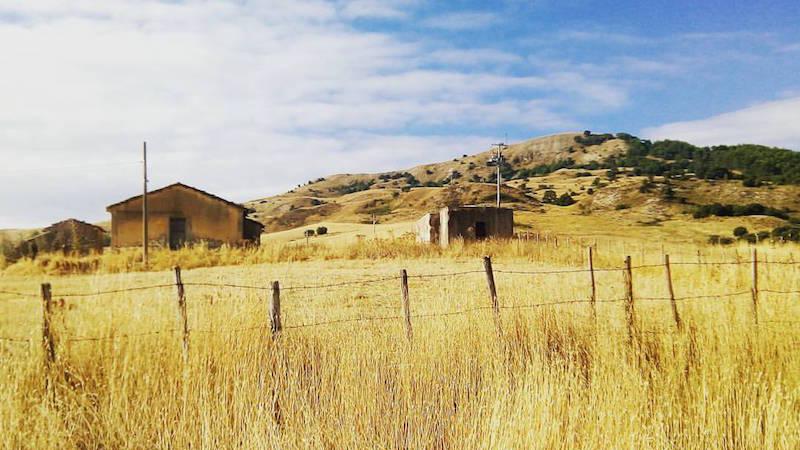
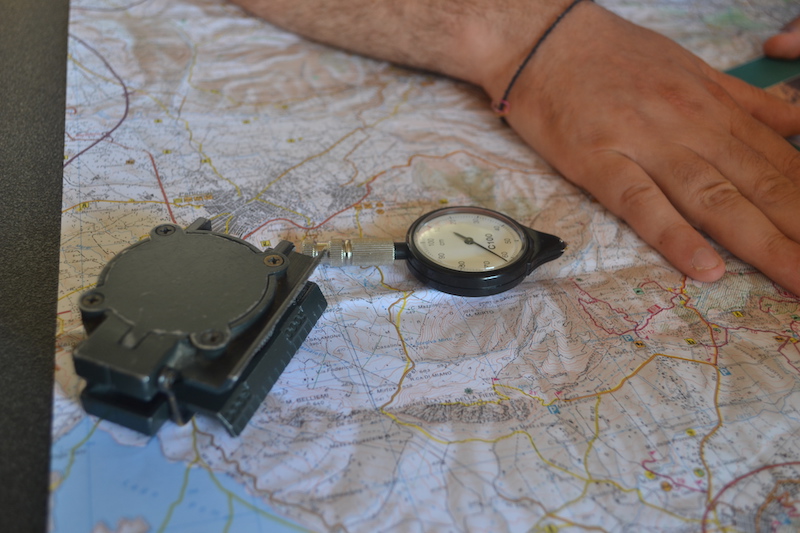
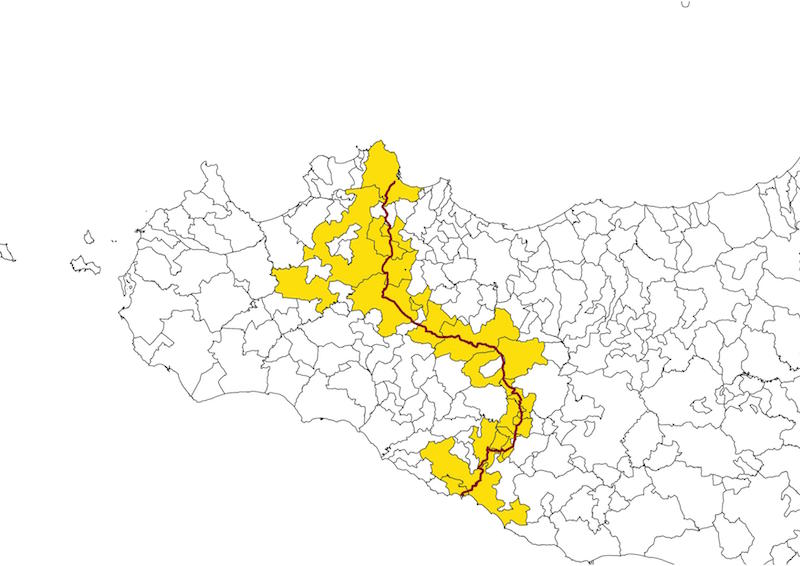
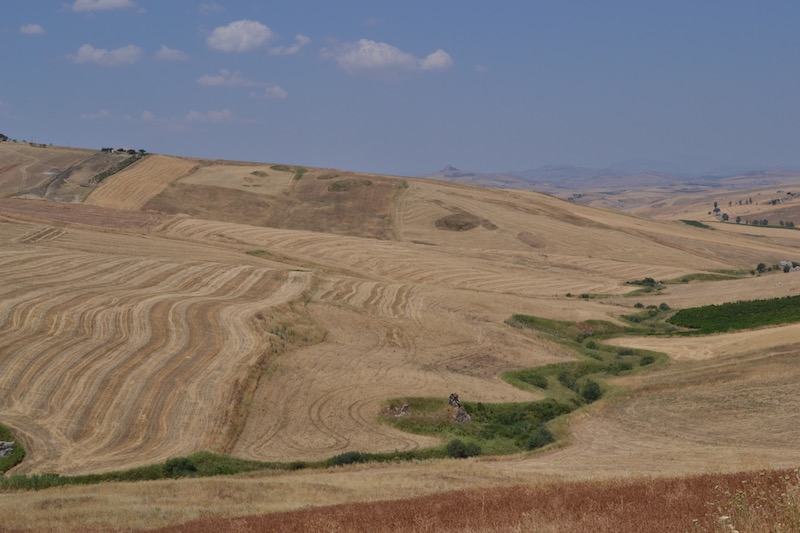
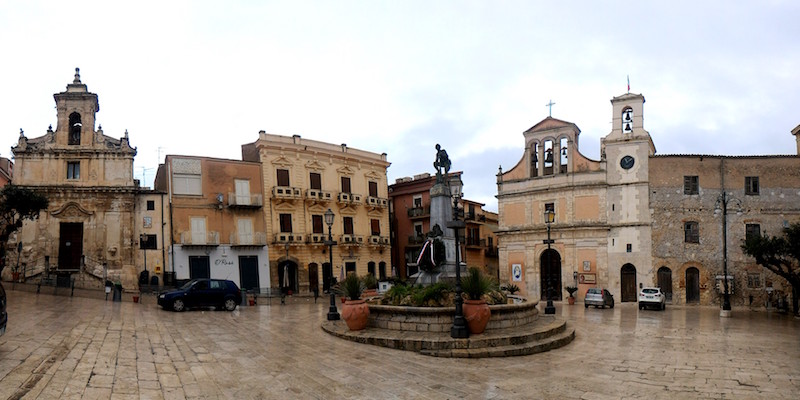
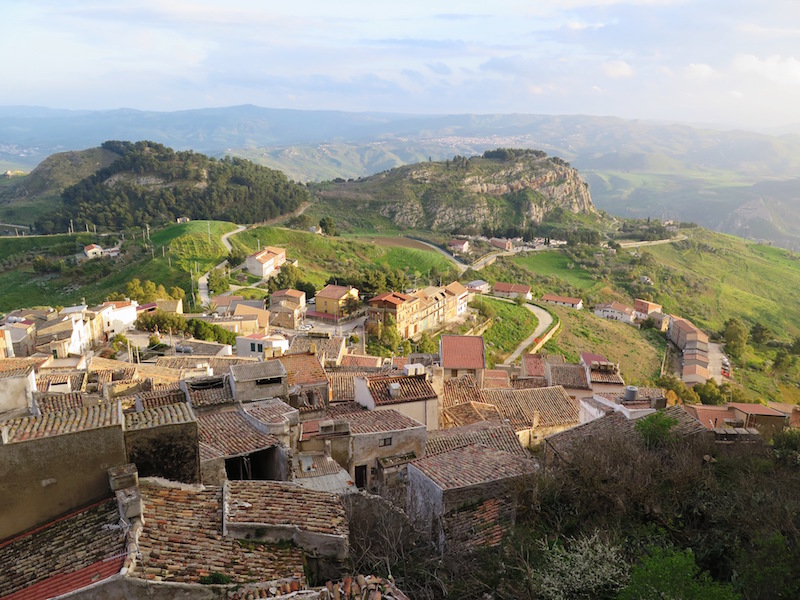

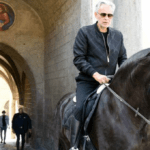







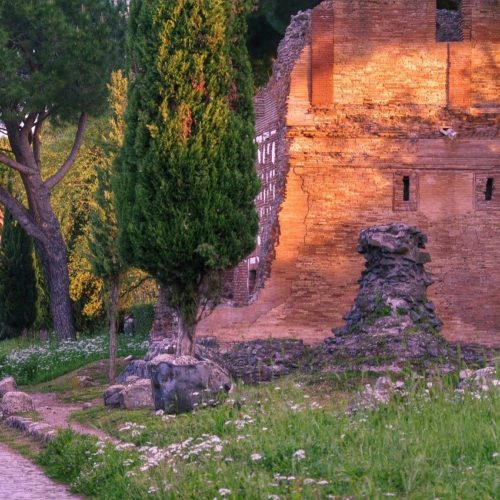
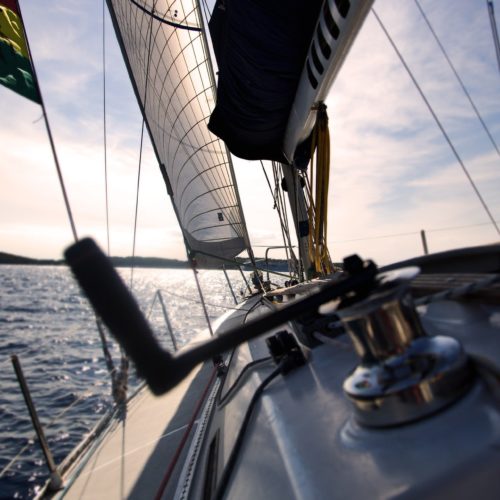
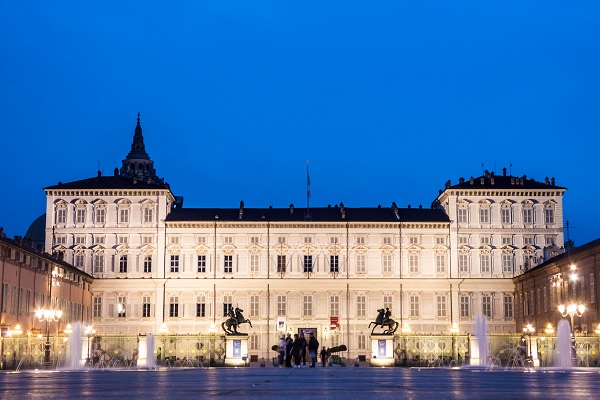
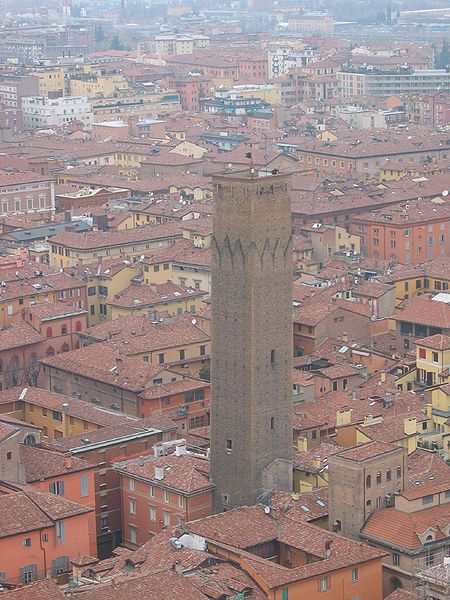

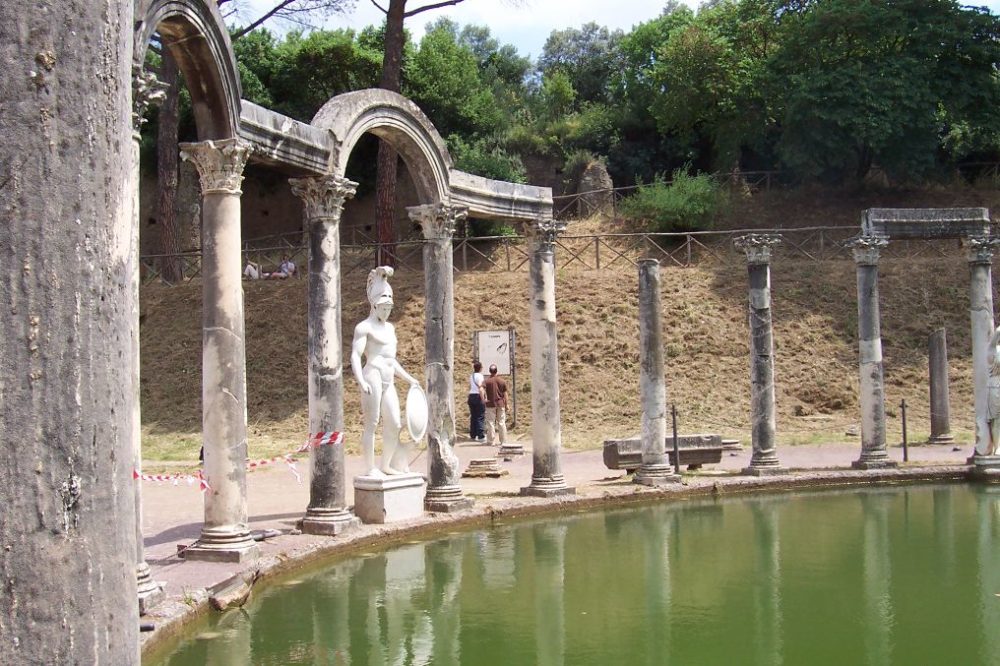
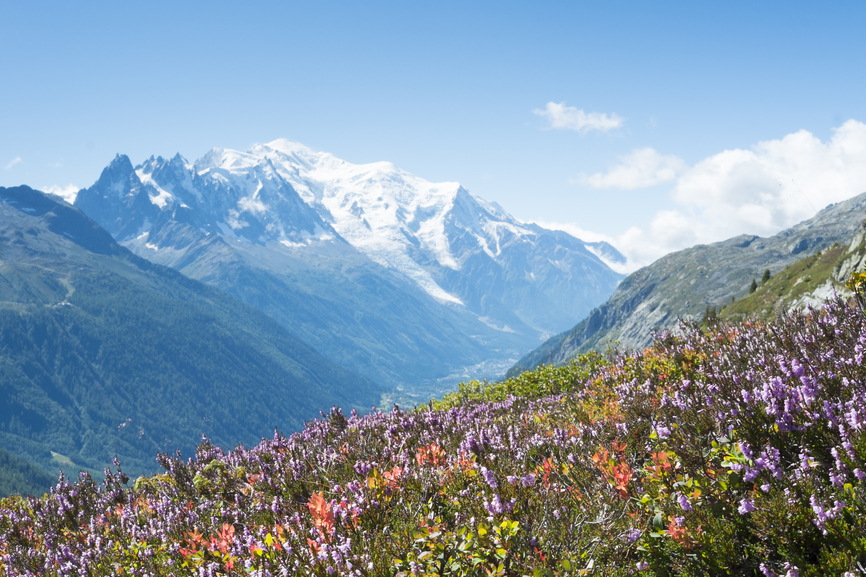
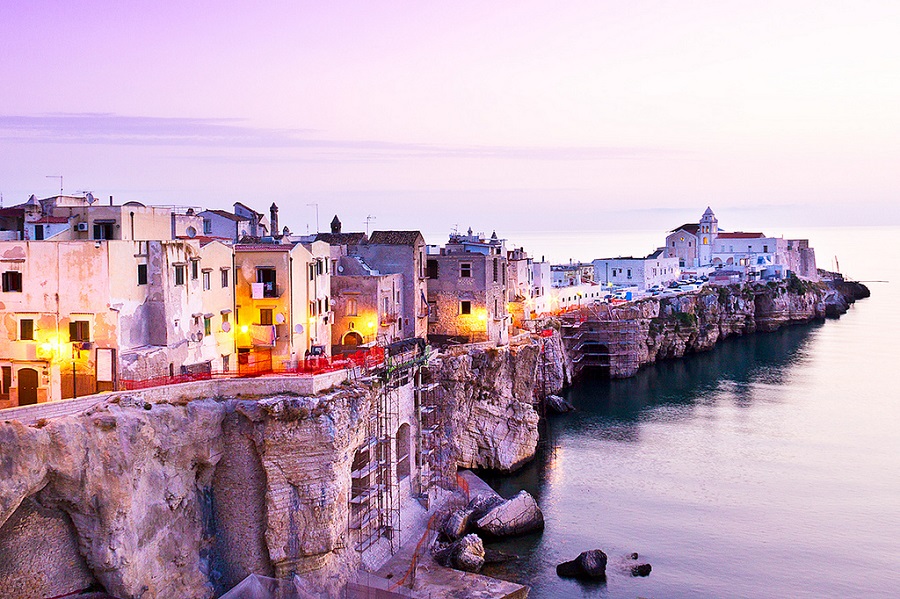
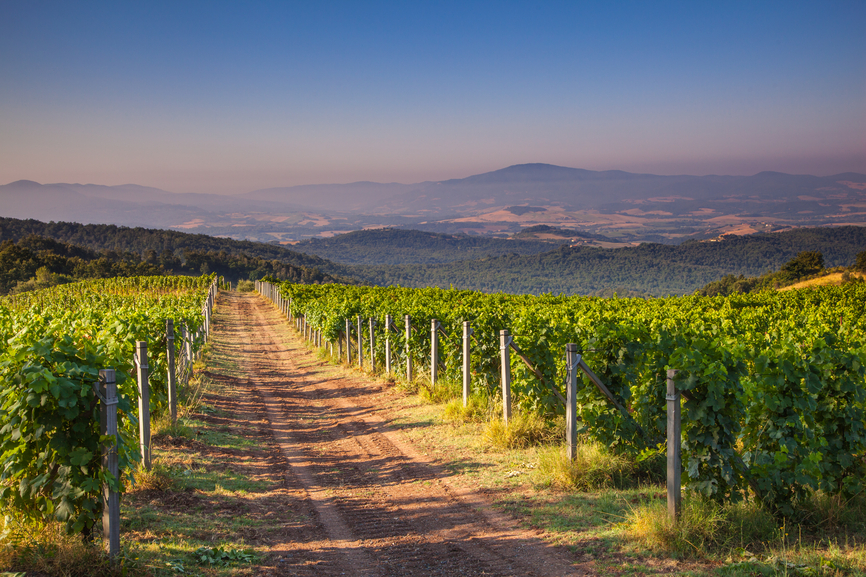
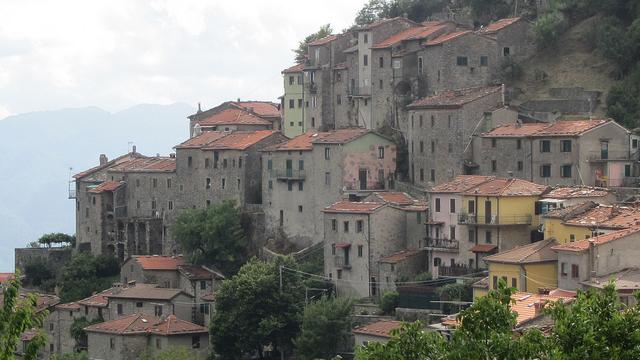
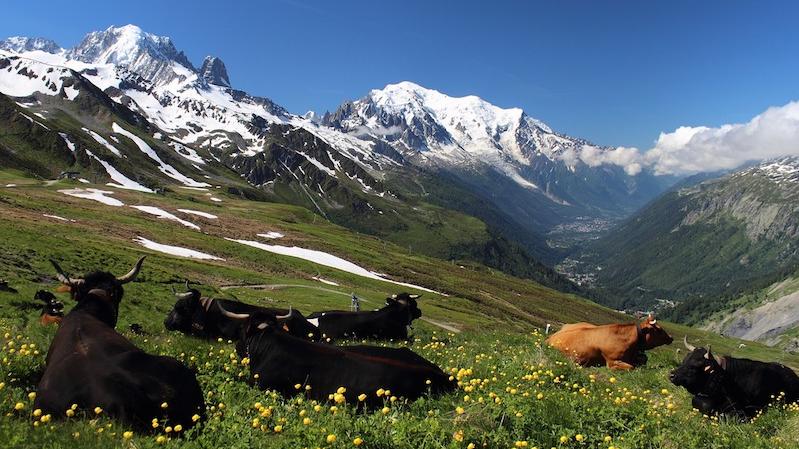
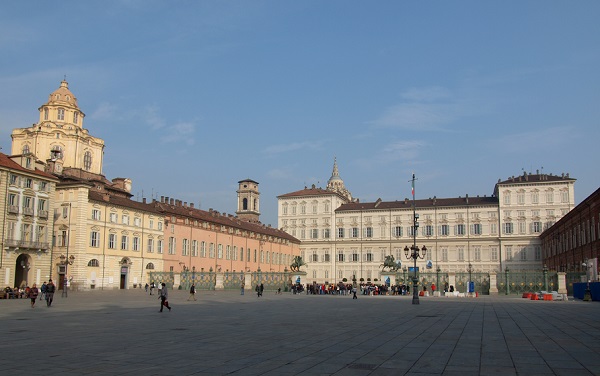

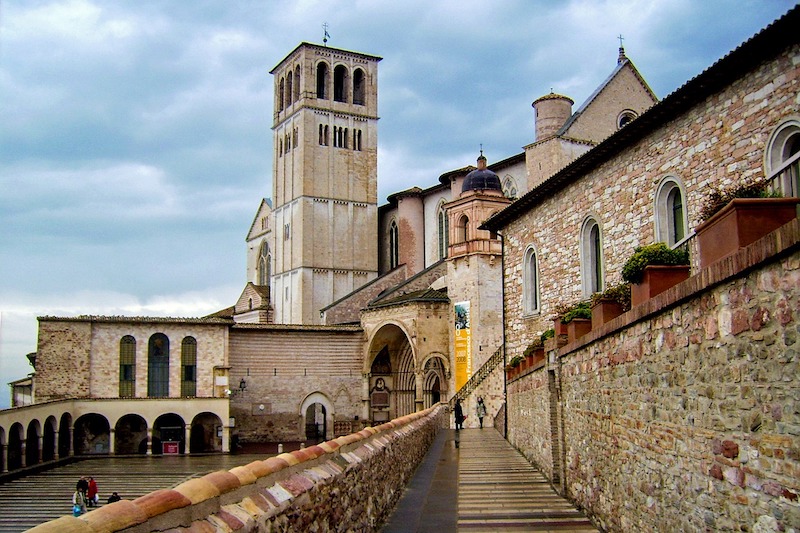
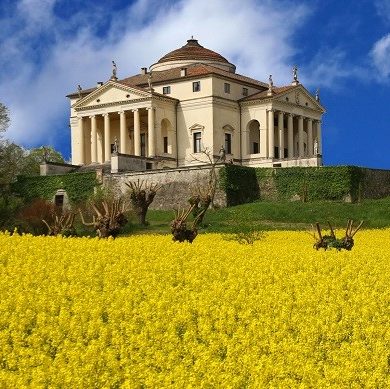
Hello Dan! You need to fill in this form https://docs.google.com/forms/d/e/1FAIpQLSeNccqUgX59PRDIk5vCMm_EybM6MPzp-dvnGnkobx0M1dQK0g/viewform at the magnaviafrancigena.it official website.
The English version of their website is not working very well. If you need more info I think you can email them [email protected]
I loved reading this!
I am a Canadian Pilgrim who has walked 5 routes of the Camino in Spain
I want to walk the Magna Via Fracigena
How do I get more information and a Credenziale?